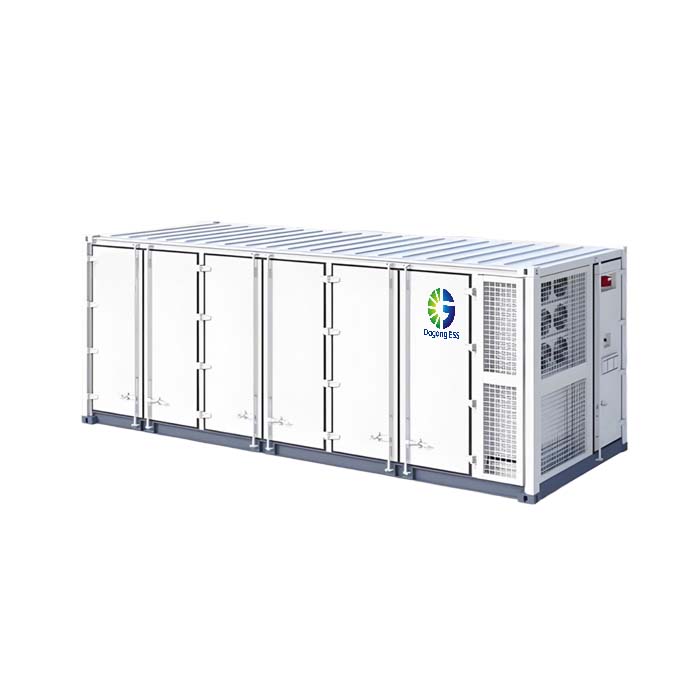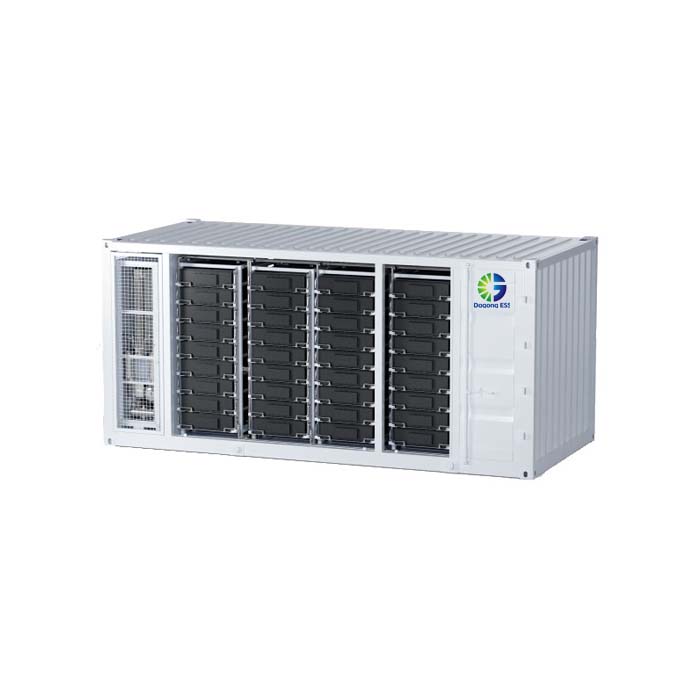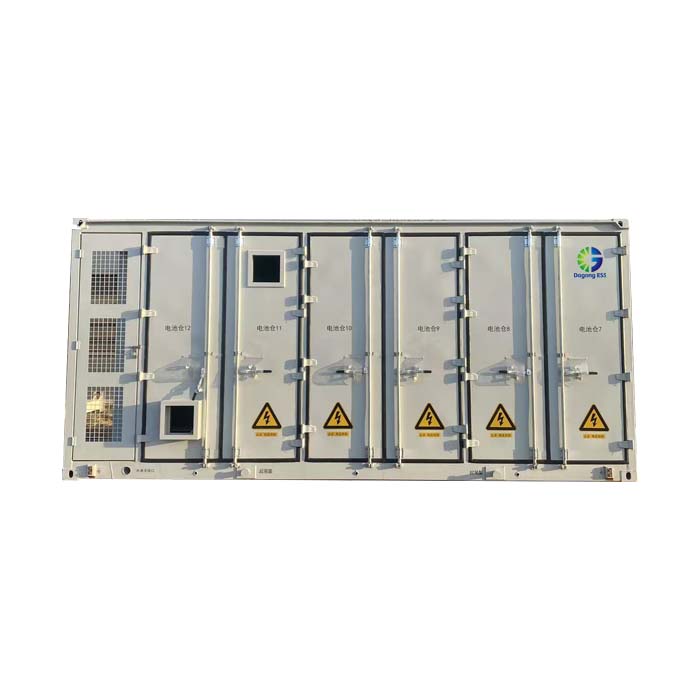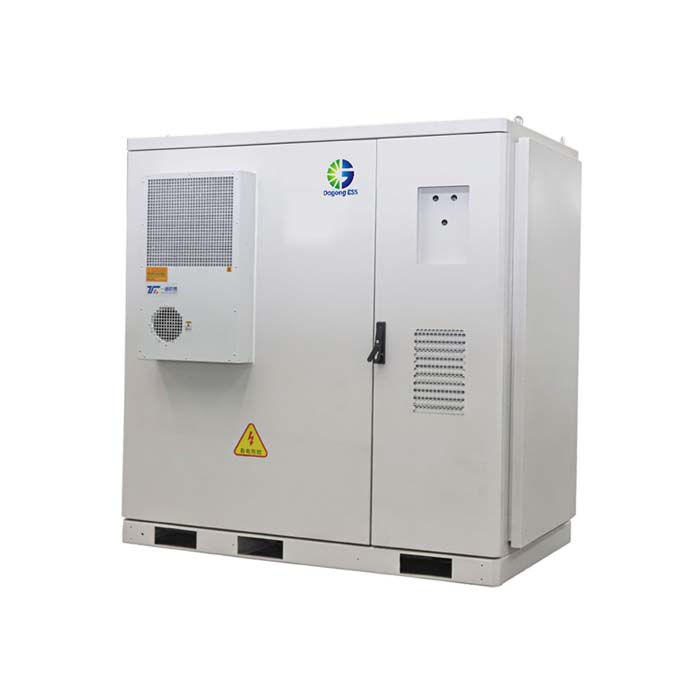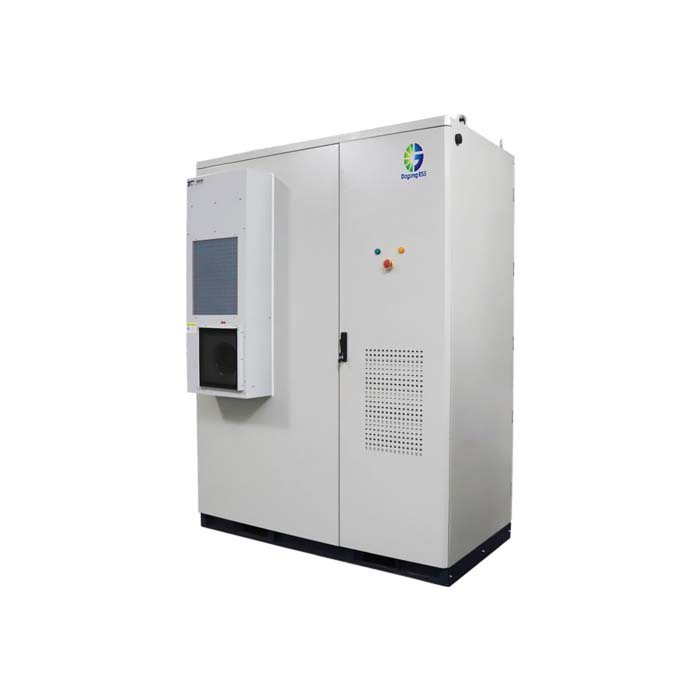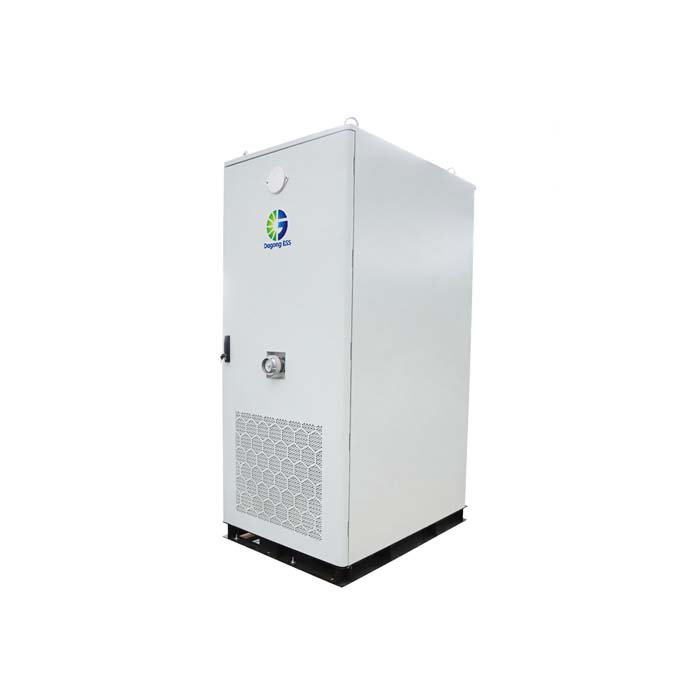LFP Battery Cycle Life in Home Energy Storage Systems
What is LFP Battery Cycle Life in Residential ESS?
Battery cycle life refers to the total number of full charge-discharge cycles a battery can perform before its usable capacity drops below a certain level—typically 80% of the original. For residential energy storage systems (ESS), cycle life is a key factor influencing longevity, cost-efficiency, and system reliability.
Lithium Iron Phosphate (LFP) batteries are particularly suited for home energy storage because they combine high safety, thermal stability, and long lifespan. With daily cycling over 8,000 times, LFP batteries can provide over a decade of dependable service for homeowners.
Types of Residential LFP Energy Storage Systems
Compact, 5kWh–10kWh systems
Ideal for urban apartments and small houses
Can be paralleled to increase capacity as needed
Stackable or Modular LFP ESS
Ranges from 5kWh to 80kWh
Supports solar self-consumption and backup power
Modular design allows future expansion without replacing existing units
Integrated Home Energy Storage Cabinets
Combines LFP battery, inverter, and management system
Optimizes energy use and reduces dependency on the grid
Dagong ESS offers all these options, providing safe, scalable, and long-lasting solutions tailored for residential energy needs.
Features of Long Cycle Life Residential LFP Batteries
High Safety: LFP chemistry prevents thermal runaway and fire risks, making it ideal for indoor installation.
Longevity: Over 8,000 cycles and 15+ years lifespan ensures years of reliable operation.
Scalability: Modular stackable systems allow homeowners to increase capacity easily.
Efficiency: High round-trip efficiency (over 90%) ensures minimal energy loss.
Low Maintenance: Requires minimal servicing compared to traditional lead-acid batteries.
Intelligent Monitoring: Built-in battery management systems (BMS) maintain optimal performance and protect cells.
Applications of LFP Battery Cycle Life in Residential ESS
Solar Energy Storage: Store excess solar power during the day for night-time use, maximizing self-consumption and reducing utility bills.
Backup Power: Provide reliable electricity during outages for lighting, refrigeration, communication, and essential household appliances.
Peak Shaving: Reduce electricity costs by discharging stored energy during peak-rate periods.
Grid Interaction: Participate in local demand response programs if available, providing additional economic benefits.
For instance, Dagong ESS 5kWh–80kWh stackable systems are commonly deployed in single-family homes and small apartments, providing a balance of flexibility, safety, and long-term value.
Price of Residential LFP ESS
The cost of residential LFP energy storage systems depends on several factors, including:
System capacity (kWh)
Depth of discharge and expected cycle frequency
Integration with solar panels and control software
Installation conditions and auxiliary equipment
Pricing is usually quoted under international trade terms such as EXW, FOB, or CIF, depending on project location and logistics preferences. For a tailored quotation based on your specific home energy requirements, it is best to consult directly with the supplier.
How to Select the Right Residential ESS Based on Cycle Life
Assess Energy Needs – Determine daily household consumption and backup requirements.
Evaluate System Size – Small wall-mounted units may suffice for apartments, while modular 30–80kWh systems fit larger homes.
Consider Depth of Discharge – LFP batteries support deep cycling, maximizing usable capacity without compromising lifespan.
Check Cooling and Safety Features – Ensure indoor installation is safe; LFP chemistry is naturally stable.
Plan for Expansion – Choose modular systems that can grow as household energy consumption increases.
How Long Do Residential LFP Batteries Last?
With proper use, LFP batteries in residential ESS can last 10–15 years or more, maintaining 80%+ capacity even after thousands of cycles. This long cycle life ensures homeowners get consistent energy savings, reliable backup power, and a lower total cost of ownership compared to shorter-lived alternatives.
The Supplier of Residential LFP ESS
Several global suppliers provide residential LFP ESS, but advanced solutions such as Dagong ESS wall-mounted 5–10kWh units and stackable 5–80kWh systems are notable for their long cycle life, safety features, and modular design.
Dagong ESS delivers complete residential energy storage solutions with:
Long-lasting LFP battery chemistry
Integrated management systems
Flexible configurations for different household sizes
These systems allow homeowners to enjoy efficient, safe, and durable energy storage for years to come.
If you are interested in Dagong ESS residential LFP energy storage solutions, please contact:
Email: sales@dagongess.com
Website: www.dagongess.com


